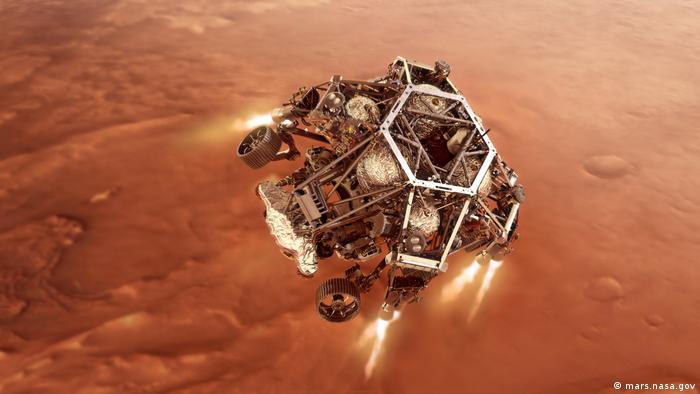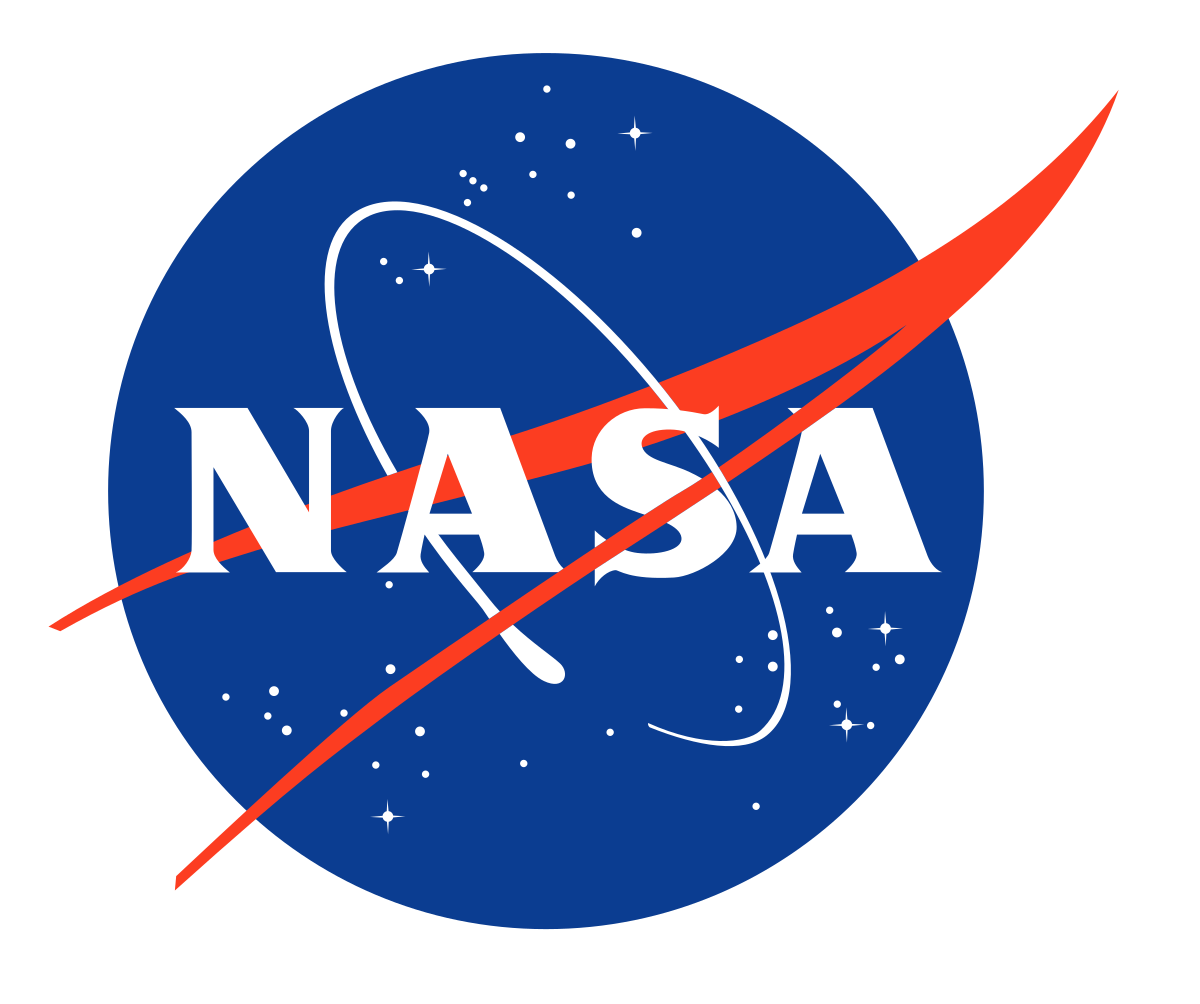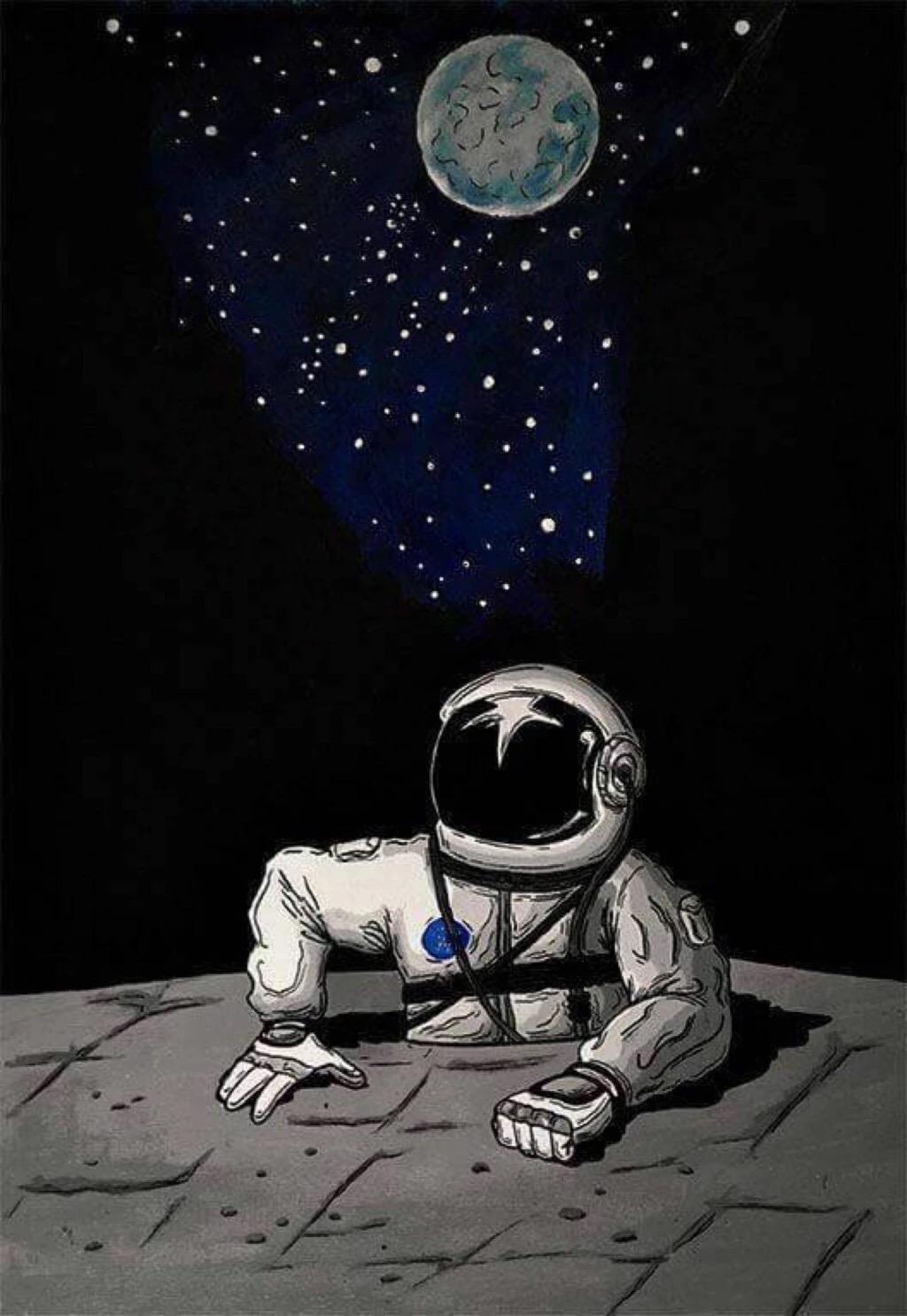| + View the NASA portal |
Watch the International Space Station pass overhead from several thousand worldwide locations. It is the third brightest object in the sky and easy to spot if you know when to look up.
|
|
- NASA TV channels are digital C-band signals carried by QPSK/DVB-S modulation on satellite Galaxy-13, transponder 11, at 127 degrees west longitude, with a downlink frequency of 3920 MHz, vertical polarization, data rate of 38.80 MHz, symbol rate of 28.0681 Mbps and 3/4 FEC.
- NASA JPL: Ask questions via chat: April 29 1 p.m. EDT: Taking Flight: How Girls Can Grow Up to be Engineers - Get Your Ideas Off the Ground! Join Webinar NASA JPL: Ask questions via chat.Schedule is preliminary and subject to changes. All news briefings will be broadcast and streamed on NASA TV and this page.
- NASA Television and the agency’s website are now broadcasting live coverage of the return to Earth of NASA astronaut Kate Rubins and cosmonauts Sergey Ryzhikov and Sergey Kud-Sverchkov of the Russian space agency Roscosmos. The Soyuz MS-17 spacecraft carrying the trio will make its deorbit burn to set the spaceship on its re-entry through.
- Trek is a NASA web-based portal for exploration of Mars. This portal showcases data collected by NASA at various landing sites and features an easy-to-use browsing tool that provides layering and viewing of high resolution data.
Technical Requirements and Troubleshooting Operating Systems: Windows 7 or higher, Mac OS 10.8 or higher
Original Java-based Simulator PC Operating Systems: Windows XP, Windows 2000, Windows ME, Windows 98SE
MAC Operating Systems: OS-X v10.2 or higher
|
| Curator: Maria Chambers NASA Official: Jonas Dino Last Updated: Nov 2015 + Contact Us |
Nasal Polyps
Site Disclaimer This web site conforms to the NASA User Privacy Policy. Site sponsored by Airspace Systems. |

SpaceX’s upgraded cargo Dragon spacecraft is on its way to the International Space Station after launching atop a Falcon 9 rocket from Launch Complex 39A at NASA’s Kennedy Space Center in Florida. Liftoff occurred at 11:17 a.m. EST.
The first launch for SpaceX under NASA’s second Commercial Resupply Services contract, CRS-21 will deliver supplies, equipment, and materials to directly support dozens of the more than 250 science and research investigations that will occur aboard the orbiting laboratory during Expeditions 64 and 65.
Included in this delivery is the Nanoracks Bishop Airlock, the first commercially owned and operated airlock that, once installed, will provide a variety of capabilities to the space station, such as payload hosting, robotics testing, and satellite deployment. It also will serve as an outside toolbox for crew members conducting spacewalks.

Dragon is scheduled to arrive at the space station tomorrow, Dec. 7. At approximately 1:30 p.m. EST, the spacecraft will autonomously dock to the station’s Harmony module – the first automated docking for a SpaceX cargo resupply mission. Live coverage will begin at 11:30 a.m. EST on NASA TV and the agency’s website. NASA astronauts and Expedition 64 Flight Engineers Kate Rubins and Victor Glover will monitor docking operations.

Nasa

Cargo Dragon’s arrival at the space station will mark the first time two Dragon spacecraft will be docked to the orbiting laboratory at the same time. The Crew Dragon spacecraft, named Resilience, that brought the Crew-1 astronauts has been docked since its arrival on Nov. 16.
The cargo Dragon spacecraft will remain attached to the space station for about one month, after which it will return to Earth with 5,200 pounds of research and return cargo, splashing down in the Atlantic Ocean.
To stay updated on all station activities, follow @space_station and @ISS_Research on Twitter, as well as the ISS Facebook and ISS Instagram accounts. Or, follow along the station blog at: https://blogs.nasa.gov/spacestation/
